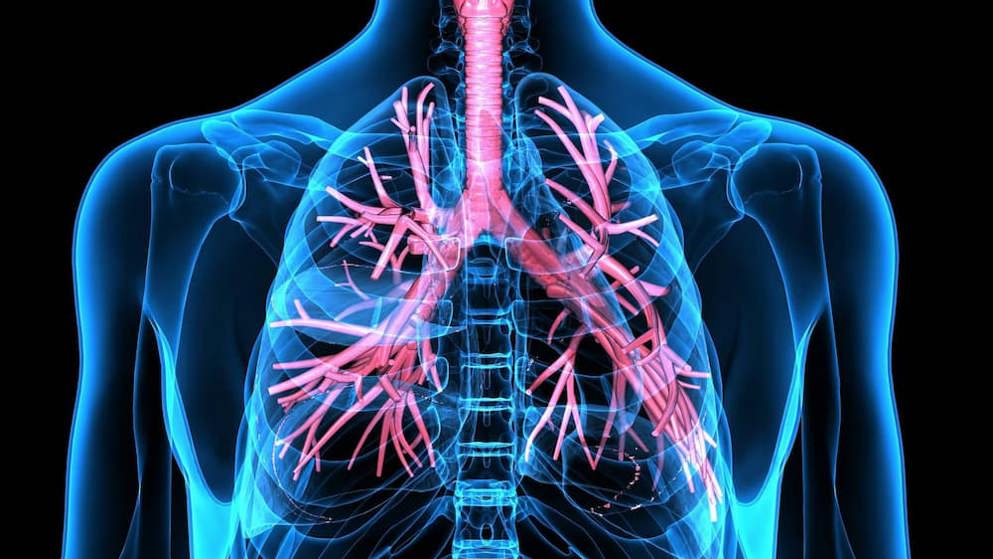Positive results from Phase III trials of Spiriva Respimat in Asthma-Boehringer
Boehringer has presented data on tiotropium bromide delivered via Respimat inhaler for patients with Asthma, from five Phase III trials in the UniTinA-asthma program. Pre-planned analyses from the program, including new data from the GraziaTinA study, showed that the addition of tiotropium Respimat in adult patients with mild, moderate and severe asthma who continue to experience symptoms despite the use of maintenance therapies, improved lung function as measured by peak forced expiratory volume in one second (FEV1 (0-3hr)) and trough FEV1, independent of underlying allergic status. Tiotropium is being investigated to determine its efficacy and safety in treating asthma patients and is not currently approved for this indication.
The studies included two PrimoTinA-asthma and two MezzoTinA-asthma trials. The most commonly reported AEs, by preferred term, from the pooled analyses were asthma, bronchitis, decreased peak expiratory flow rate, headache, nasopharyngitis and upper respiratory tract infection. Data were presented at the 2015 American Academy of Allergy, Asthma & Immunology (AAAAI) Annual Meeting.
Comment: Tiotropium is being studied as a once-daily, add-on treatment in asthma patients who continue to experience symptoms (e.g., wheezing, shortness of breath, chest tightness and cough), despite the use of maintenance therapy including inhaled corticosteroids (ICS) with or without long-acting beta agonists (LABA). The drug was approved in the EU for Asthma in 2014, and is filed with the FDA.

